The Fiery Secret of Korean Kitchens: Gochugaru Unveiled
If you’ve ever had a bowl of kimchi, tteokbokki, or kimchi jjigae, then congratulations — you’ve met and possibly fallen in love with gochugaru! But do you really know what makes this iconic Korean spice so special? In this article, we’ll take a deep dive into the world of Korean red pepper flakes, exploring their history, flavor profile, uses, and even how to choose the best kind for your kitchen. Let’s get spicy!
Table of Contents
- A Brief History of Gochugaru
- What Does Gochugaru Taste Like?
- Types of Gochugaru: Heat Level & Texture
- Creative Uses Beyond Kimchi
- Pro Tips for Buying and Storing Gochugaru
- Gochugaru Substitutes (When You’re in a Pinch)
- Health Benefits: Fire That Works for You
- Gochugaru in Global Spice Traditions
A Brief History of Gochugaru
Gochugaru might seem like a modern staple in Korean kitchens, but its roots trace back centuries. Capsicums were first introduced to Korea via Japan in the 16th century from the Americas — talk about global spice traditions at work! Initially used more for ornamental purposes, red peppers gradually found their way into Korean cuisine.
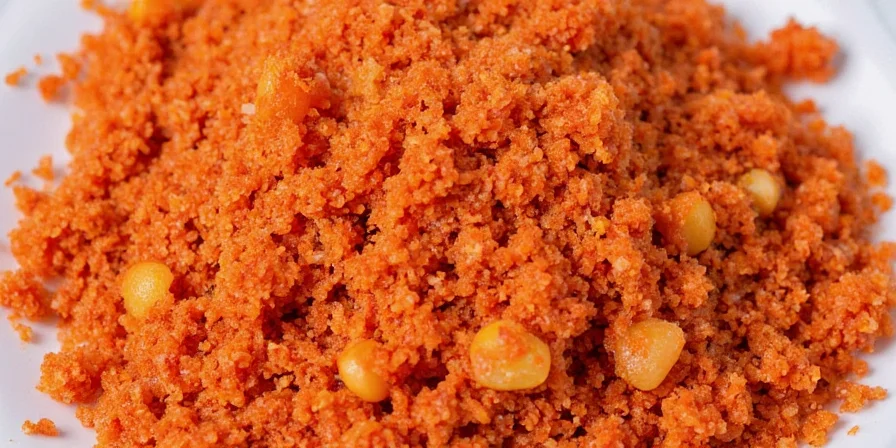
By the 19th century, chili peppers became integral to the Korean palate, especially in fermented dishes like kimchi. The drying and flaking process that gave us gochugaru was developed to preserve heat and flavor during long winters — necessity is indeed the mother of invention!
What Does Gochugaru Taste Like?
If regular chili flakes are the loud neighbor who yells all day, gochugaru is the cool uncle who knows when to bring the fire and when to chill out. It’s not just about heat; it’s about balance.
- Sweetness: Surprisingly fruity and slightly sweet undertone
- Heat: Medium to high, depending on the type
- Umami: Adds depth thanks to natural fermentation processes
- Smoky Notes: Especially in sun-dried varieties
Unlike crushed red pepper, which can be harsh and one-note, gochugaru offers complexity. Think of it as the jazz musician of spices — improvisational, layered, and deeply satisfying.
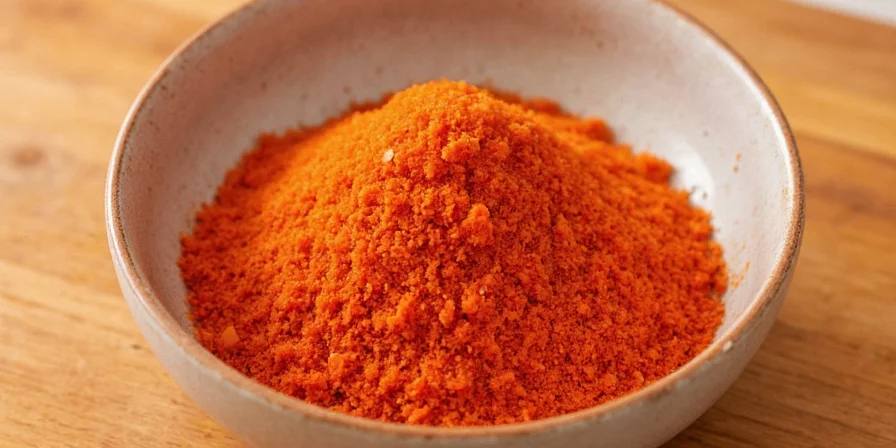
Types of Gochugaru: Heat Level & Texture
Not all gochugaru is created equal! Here’s a handy table to help you navigate the fiery landscape:
| Type | Texture | Heat Level (SHU) | Best For |
|---|---|---|---|
| Fine Powder (Gochutgaru) | Smooth, almost flour-like | ~4,000 - 8,000 | Fermented dishes, marinades, sauces |
| Rough Cut (Coarse Flakes) | Chunky, visible flakes | ~3,000 - 7,000 | Kimchi, stews, toppings |
| Mixed Grain Size | Variety of textures | Varies | All-purpose use |
Choosing the right type depends on your dish and personal preference. Coarser flakes add texture and a slow-building heat, while finer powders blend seamlessly into pastes and sauces.
Creative Uses Beyond Kimchi
While gochugaru will forever be tied to kimchi, there’s a whole world of culinary applications waiting for you. Here are some unconventional yet delicious ways to use gochugaru:
- Pizza topping: Add a pinch to your pizza sauce for a smoky kick
- Popcorn seasoning: Mix with melted butter and Parmesan
- Dip booster: Stir into sour cream or mayo for instant flavor upgrade
- Bread and biscuits: Fold into dough for mildly spicy rolls
- Meat rub: Combine with brown sugar, garlic powder, and cumin for a Korean-style BBQ rub
- Cocktail rim: Rim your Bloody Mary glass with gochugaru for a spicy surprise
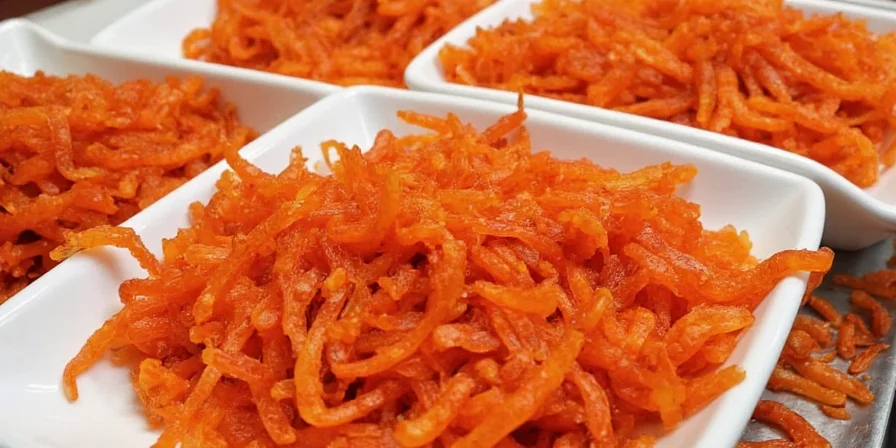
Pro Tips for Buying and Storing Gochugaru
Gochugaru isn’t always easy to find — and when you do find it, it can be expensive or low quality. Here’s how to shop smart and keep it fresh:
- Buy from reputable sources: Look for brands from South Korea or specialty Asian markets. Avoid anything labeled “hot pepper powder” unless you know the origin.
- Check the color: Good gochugaru has a rich, vibrant red hue. If it looks dull or brownish, it’s probably old.
- Read the ingredients: Should be 100% dried red peppers — no additives, preservatives, or fillers.
- Sealed packaging: Always opt for vacuum-sealed or tightly packed containers.
- Store properly: Keep in an airtight container away from light and moisture. Refrigeration helps preserve flavor longer.
- Freeze for longevity: If you buy in bulk, portion it out and freeze to extend shelf life up to a year.
Gochugaru Substitutes (When You're in a Pinch)
We get it — sometimes you need gochugaru now and can’t run to the Korean market. While no substitute will perfectly mimic gochugaru’s unique flavor profile, here are a few alternatives you can try:
| Substitute | Notes |
|---|---|
| Cayenne Pepper | Hotter and lacks sweetness. Use half the amount called for. |
| Ancho Chili Powder | Less heat, more earthy. Great for flavor depth. |
| Mexican Chile Powder | May contain salt or other seasonings. Check labels. |
| Sriracha + Paprika Blend | Liquid alternative. Add at the end of cooking. |
| Miso Paste + Crushed Red Pepper | For fermented umami notes. Use sparingly. |
Remember: These are temporary fixes. Nothing beats real gochugaru for authentic Korean dishes.
Health Benefits: Fire That Works for You
Gochugaru isn’t just tasty — it’s packed with health benefits! Capsaicin, the compound responsible for its heat, has been linked to several wellness perks:
- Metabolism boost: Helps burn calories faster after meals
- Anti-inflammatory: May reduce chronic inflammation
- Heart health: Can improve circulation and cholesterol levels
- Antioxidants: Loaded with vitamins A and C, even more than citrus fruits!
- Pain relief: Topical capsaicin creams are known to soothe muscle pain
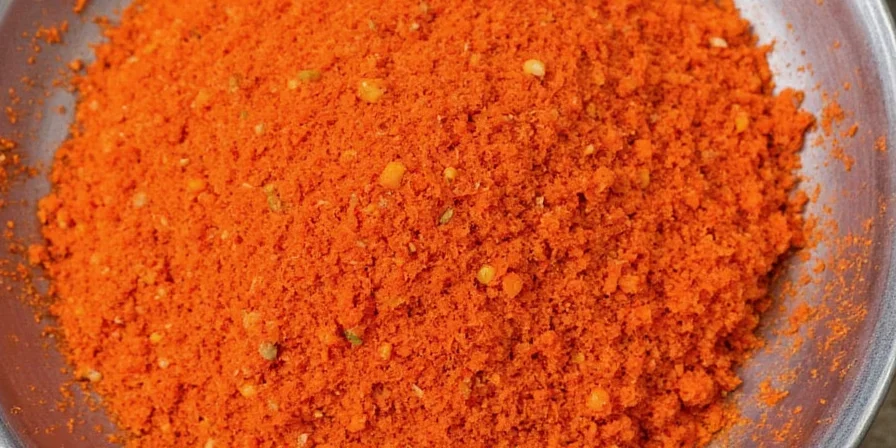
Gochugaru in Global Spice Traditions
Spices travel. And gochugaru is no exception. As Korean food gains international fame, chefs around the world are experimenting with this once-obscure ingredient:
- Japan: Used in fusion ramen and yakitori glazes
- USA: Added to burger patties, mac ‘n’ cheese, and tacos
- Europe: Featured in gourmet sausages and artisanal cheeses
- Middle East: Mixed into harissa-inspired dips and flatbreads
- South America: Incorporated into ceviche marinades and grilled fish
This cross-cultural exchange shows how a humble Korean pantry staple can become a global flavor enhancer. Whether you're spicing up a classic or inventing something new, gochugaru brings a bold, balanced kick that transcends borders.
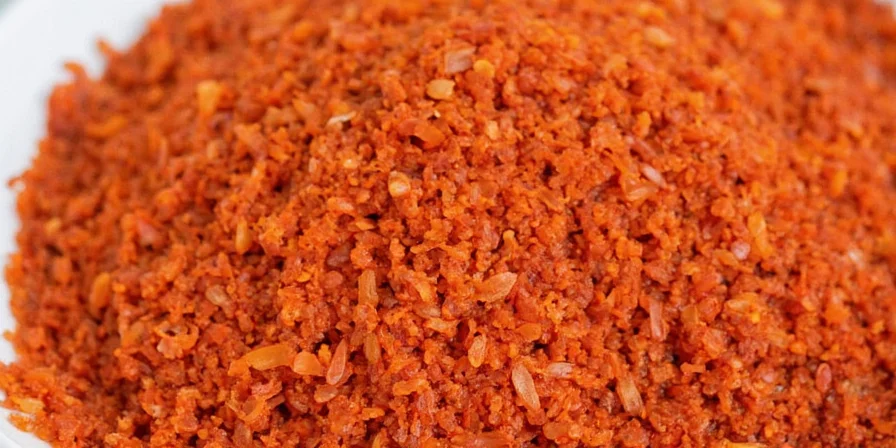
Conclusion
Gochugaru is more than just a hot red pepper flake — it’s a cornerstone of Korean identity, flavor, and tradition. Its versatility, complex taste, and health benefits make it a must-have in any adventurous cook's spice rack. Whether you're making kimchi from scratch, experimenting with fusion dishes, or simply looking to level up your home cooking game, gochugaru deserves a spot in your kitchen.
So next time you see those bright red flakes on the grocery shelf, don’t hesitate. Pick them up, smell that earthy heat, and let your taste buds dance in joy. After all, why settle for plain when you can have gochugaru?
Now that you’ve got the inside scoop on this Korean essential, go forth and spice responsibly!

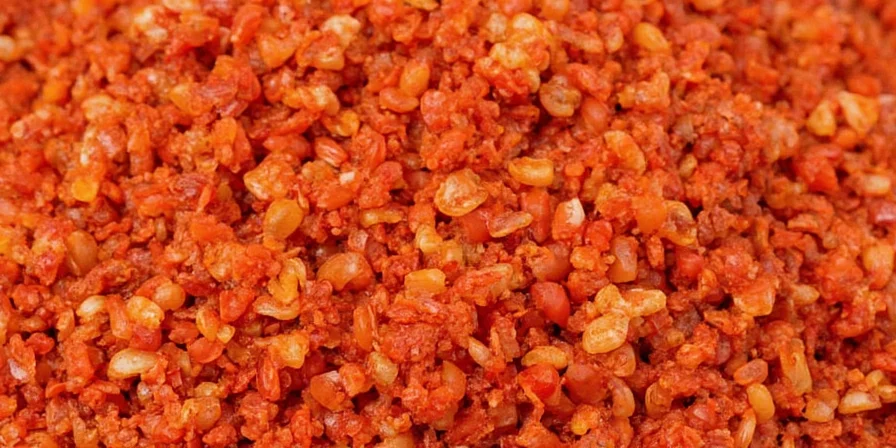









 浙公网安备
33010002000092号
浙公网安备
33010002000092号 浙B2-20120091-4
浙B2-20120091-4